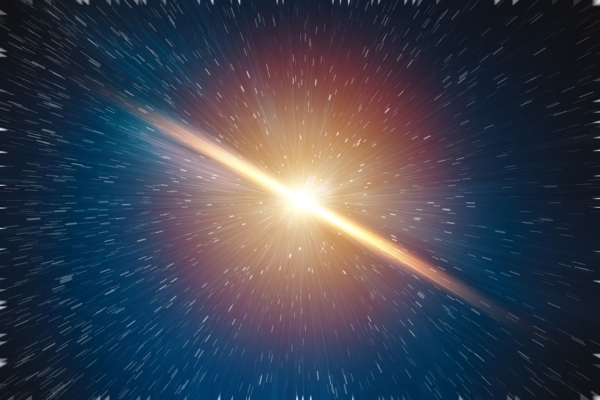Astronomers have, for the first time, observed the first batch of stars formed 13 billion years ago after the Big Bang using ground-based telescopes. They are studying how these stars influence the light emitted from the Big Bang, much like observing the dawn of the universe.
In a press release from Johns Hopkins University on June 11, physicists used a telescope located in the high desert of the Andes Mountains in northern Chile to measure this polarized microwave radiation. This provides a clearer picture of the “Cosmic Dawn”, which is one of the least understood periods in cosmic history.
Tobias Marriage, a professor of physics and astronomy at the university leading the research, stated that it was previously deemed impossible to achieve this level of observation with ground-based telescopes. Astronomy is technically limited, and measuring the microwave signals emitted during the “Cosmic Dawn” phase has been known to be challenging.
Marriage mentioned that observing with ground-based telescopes faces additional hurdles compared to space telescopes, and overcoming these obstacles made this measurement a significant achievement.
The wavelength of cosmic microwaves is only a few millimeters and extremely weak. The polarized microwave signals are one million times fainter. Radio broadcasts, radar, and satellite signals on Earth could potentially overwhelm these signals, while atmospheric conditions such as weather and temperature fluctuations can also distort them. Even under ideal conditions, measuring such microwaves requires highly sensitive equipment.
Scientists from the Cosmology Large Angular Scale Surveyor (CLASS) project of the National Science Foundation in the United States used a uniquely designed telescope to detect remnants left behind by the first stars formed after the Big Bang.
This breakthrough was previously only achievable through devices deployed in space, like NASA’s Wilkinson Microwave Anisotropy Probe (WMAP) and the European Space Agency’s Planck satellite.
Researchers compared data from the CLASS telescope with data from the Planck and WMAP space missions. They identified interference and narrowed down the range of common signals from polarized microwaves.
When light waves encounter objects and scatter, polarization occurs. Yunyang Li, the lead author of this study and a former doctoral student at the university, explained: “When light shines on a car hood, you see glare, which is polarization. To see clearly, you can wear polarized sunglasses to eliminate the glare.”
Li further explained, “By using the new common signals, we can determine how much of what we see is cosmic glare reflected from the ‘Cosmic Dawn’ hood.”
After the Big Bang, the universe was a dense sea of electrons, so dense that light could not escape. As the universe expanded and cooled, protons captured electrons to form neutral hydrogen atoms, allowing microwaves to travel freely in the space between hydrogen atoms.
During the “Cosmic Dawn” period, when the first stars formed, their powerful energy stripped electrons from hydrogen atoms. Researchers measured the probability of a photon from the Big Bang encountering one of these liberated electrons as it traversed through the ionized gas cloud and deviating from its path.
These findings will help astronomers better define signals from the remnants of the Big Bang or cosmic microwave background, leading to a clearer understanding of the early universe.
Charles Bennett, a professor at the university who led the WMAP space mission, stated, “For us, the universe is like a physical laboratory. Delving deeper into measuring the universe helps us better understand dark matter and neutrinos, particles that are abundant but elusive in the cosmos. By analyzing more CLASS data in the future, we aim for the highest possible precision.”
The research outcomes were published on June 11 in “The Astrophysical Journal.”

